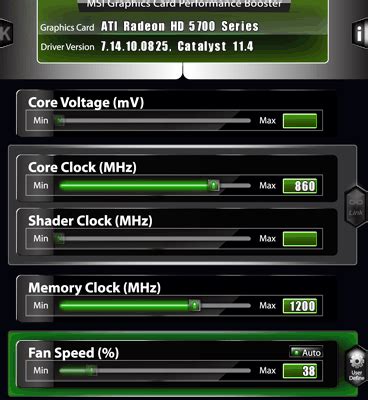GPU Underclocking: A Guide to Reducing Heat Without Losing Hashrate
Ethereum’s high hashrate is not only necessary for the network to function, but it also significantly increases its power consumption. However, excessive heat can cause problems for both hardware and users. In this article, we will explore GPU underclocking on Linux systems to reduce heat without losing hashrate.
Why GPU Underclocking Works
GPU underclocking involves reducing the clock speed of the graphics card’s memory (VRAM) while maintaining a stable overall system clock speed (CPU and GPU combined). This method works by using the CPU to perform most tasks, freeing up the GPU to focus on calculations. By doing this, you can reduce heat generation due to increased heat dissipation.
How to Reduce GPU Memory
To reduce GPU memory on Linux:
- Check your system settings: Before you underclock, make sure your graphics drivers are up to date and compatible with the new memory setting. You can check for updates in your system repository or manually install a newer driver.
- Use a tool to monitor temperatures

: Use tools like “dmidecode” (for monitoring motherboard temperatures) and “htop” (for managing system-level processes). These will help you identify potential heat generation issues.
- Adjust memory settings in the GRUB configuration file: Open the GRUB configuration file (
/etc/grub.cfg) using a text editor. Find the line that starts with “GRUB MEMORIES”. You will need to add or change the lines to reduce GPU memory. Here is an example of how this could be adjusted:
GRUB MEMORIES=(MEM1+16) MEM2=128
Add these lines to set underclocking for each graphics cardUnderclocking Guidelines
When underclocking, keep the following guidelines in mind:
- Keep the CPU clock speed constant: Overclocking the GPU memory will cause the system temperature to drop. To avoid overheating, ensure that the CPU is within the recommended operating range.
- Avoid overclocking other components: Overclocking can reduce performance and increase power consumption. Avoid overloading other CPU or GPU cores with high-frequency tasks.
- Be careful with overclocking: If you delay the GPU memory for too long, the system may eventually become unstable.
Increasing Hashrate (Optional)
If you have successfully reduced your GPU memory, you may be wondering if this will increase your hashrate. While underclocking reduces heat and power consumption, its main impact is on the CPU’s ability to process calculations. However, by reducing the number of graphics cards used in parallel computing (for example, for Ethereum mining), you may still see a small increase in overall hashrate.
Conclusion
Underclocking your GPU can be an effective way to reduce heat without sacrificing hashrate. By following these guidelines and monitoring your system temperature, you can successfully reduce your graphics card memory while maintaining optimal performance for Ethereum mining. However, keep in mind that overclocking should be used with caution, and it is important to closely monitor your system to avoid potential problems.
Additional Resources
- [GRUB Documentation]( For more information on GRUB configuration files and temperature monitoring.
- [DMIDECODE Documentation]( To learn more about motherboard temperature monitoring tools.
Get the latest GPU memory settings for Linux by following online forums like Reddit’s r/Linux and r/Ethereum. Happy mining!

